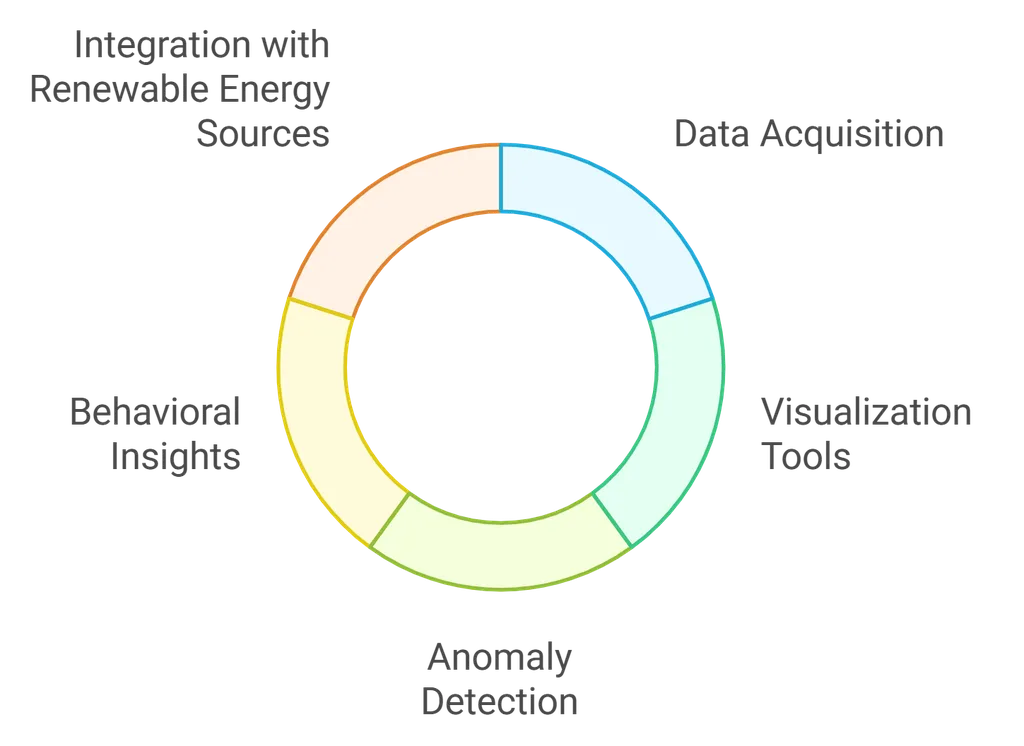In the realm of energy data analysis, two researchers, Hongrui Chen and Rong Ma from the University of Chicago, have developed a novel statistical framework that could significantly improve the comparison and integration of complex, high-dimensional datasets. Their work, published in the Proceedings of the National Academy of Sciences (PNAS), addresses a pressing need in the energy sector for robust methods to handle and interpret vast amounts of data from diverse sources.
The energy industry is increasingly reliant on data-driven decision making, from optimizing power generation and distribution to enhancing energy storage systems. However, the data collected from these processes often reside on low-dimensional structures, or manifolds, within high-dimensional spaces, making them challenging to analyze using traditional statistical methods. Moreover, these datasets are often plagued by noise, which can obscure meaningful patterns and signals.
Chen and Ma’s research introduces a principled framework for statistical inference that can compare and align distributions supported on manifolds underlying high-dimensional datasets, even in the presence of heterogeneous noise. The key innovation lies in linking the low-rank structure of observed data matrices to their underlying manifold geometry. By analyzing the spectrum of the sample covariance under a manifold signal-plus-noise model, the researchers develop a scale-invariant distance measure between datasets based on their principal variance structures.
One of the practical applications of this framework in the energy sector could be in the integration of data from different power plants or renewable energy sources. For instance, data from wind farms, solar plants, and traditional power plants can vary significantly in their dimensions and noise levels. The proposed method can help energy companies compare and align these datasets more accurately, leading to better predictive models and more efficient energy management strategies.
The researchers also introduce a consistent estimator for the distance measure and a statistical test for manifold alignability, establishing their asymptotic properties using random matrix theory. This theoretical grounding ensures the robustness and reliability of their approach. Through extensive simulations and analyses of multi-sample single-cell datasets, Chen and Ma demonstrate that their method achieves superior robustness and statistical power compared with existing approaches.
In summary, Chen and Ma’s work provides a powerful new tool for comparing high-dimensional datasets with low-dimensional manifold structures, offering significant potential for improving data analysis in the energy sector. By enabling more accurate and robust comparisons of complex datasets, this framework can support better decision-making and optimization in energy generation, distribution, and storage.
This article is based on research available at arXiv.

